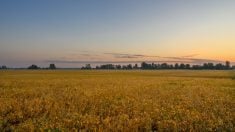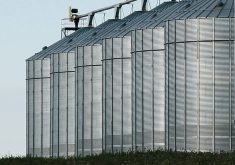Alberta’s rat control team has wrestled a Medicine Hat area rat colony out of existence.
A large nest at the regional landfill, located in Cypress County near Medicine Hat, was dismantled last week, revealing numerous dead rats and no sign of recent activity.
Alberta rat and pest specialist Phil Merrill said he expects one or two rats may have avoided detection, but for the most part, the summer rat outbreak that marred Alberta’s rat-free reputation has been managed.
“I predict that we’ll find one or two singles that haven’t been caught or haven’t been discovered either in the city or the county, as a follow up or as a result of that infestation,” said Merrill.
Read Also

Canada and China discuss disputes over canola and EVs, says Ottawa
Senior Canadian and Chinese officials discussed bilateral trade disputes involving canola and electric vehicles on Friday, Ottawa said, but gave no indication of any immediate breakthrough.
In the final tally, 147 rats were killed and Merrill thinks at least that many more died and weren’t found by the rat patrol.
The infestation at the landfill was discovered in early August. It generated widespread interest largely because of the province’s claim to be rat-free.
Ed Jollymore, Medicine Hat’s manager of solid waste, said at the time that the rats were initially spotted in a seldom-disturbed area of the dump littered with industrial waste.
A battle ensued to obliterate the rats and prevent their spread into the city and surrounding rural area. Their point of origin remains a mystery.
Merrill said public interest in the rat infestation was encouraging for those dedicated to keeping the province free of the rodents.
Now he and others on his team are doing their usual late fall patrol of Saskatchewan border areas to ensure no rats make winter homes in Alberta farmyards, granaries and bale stacks.















